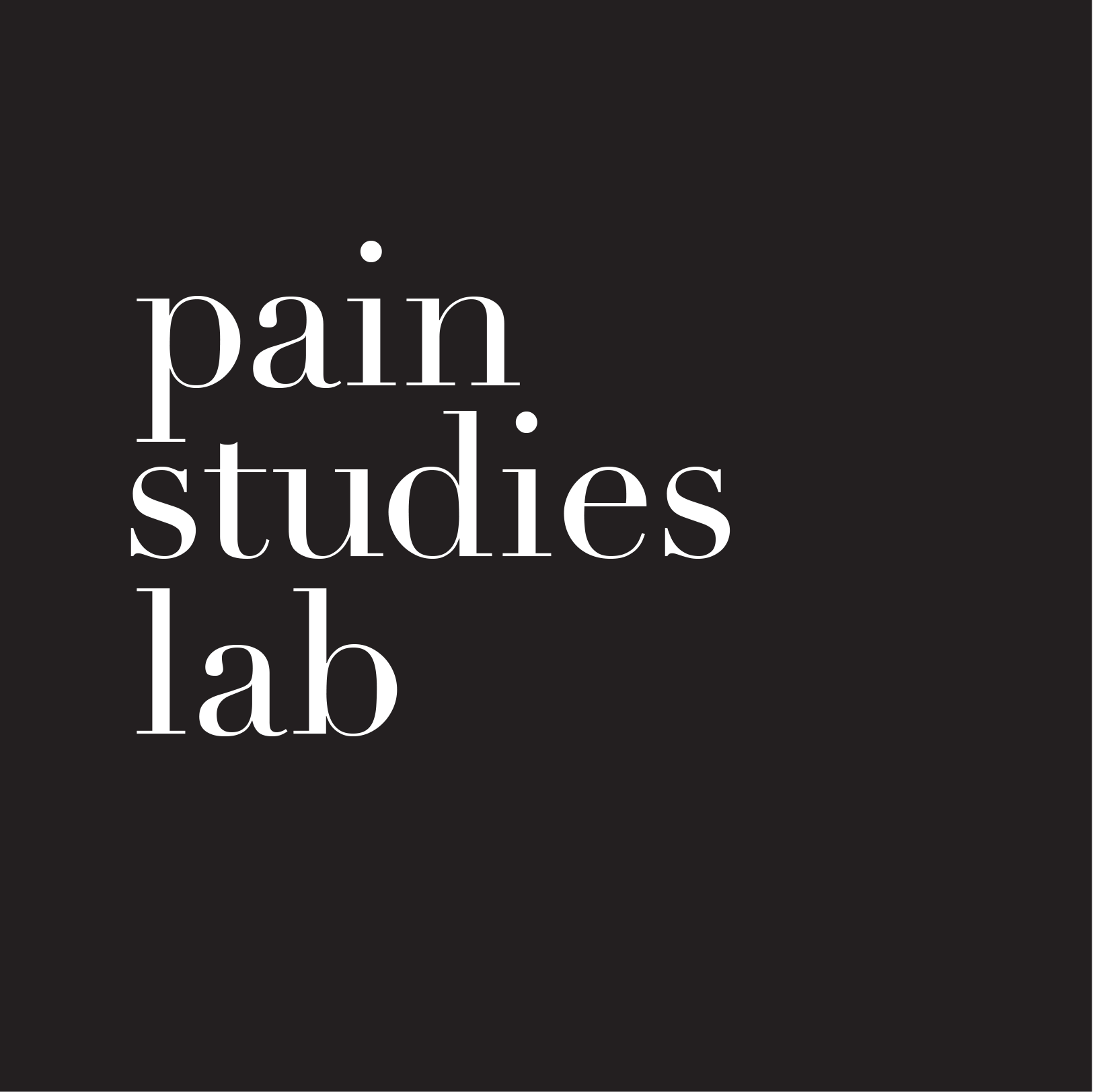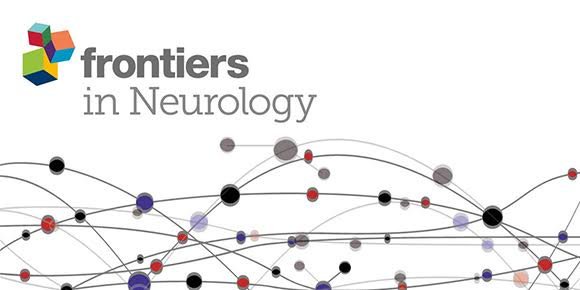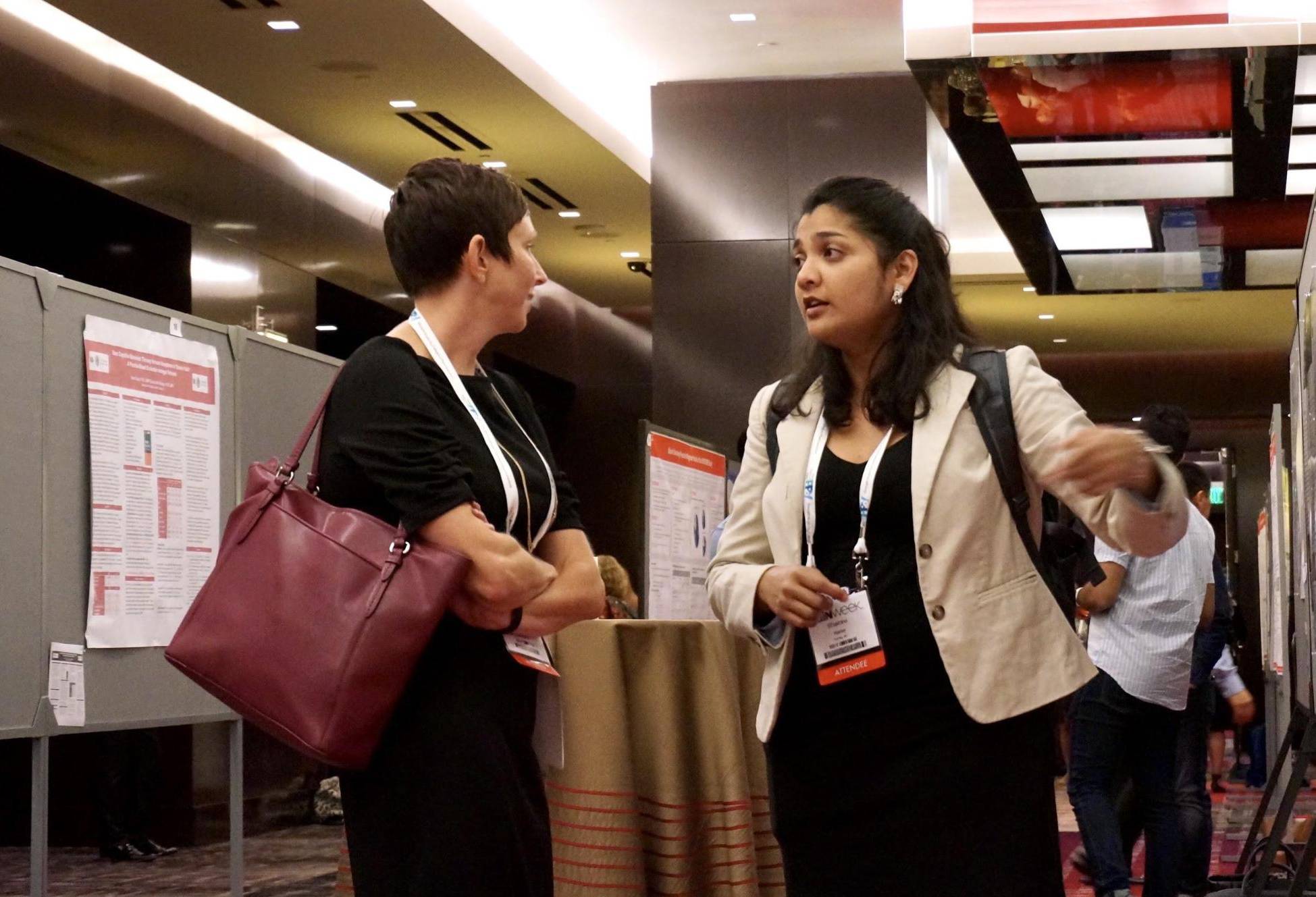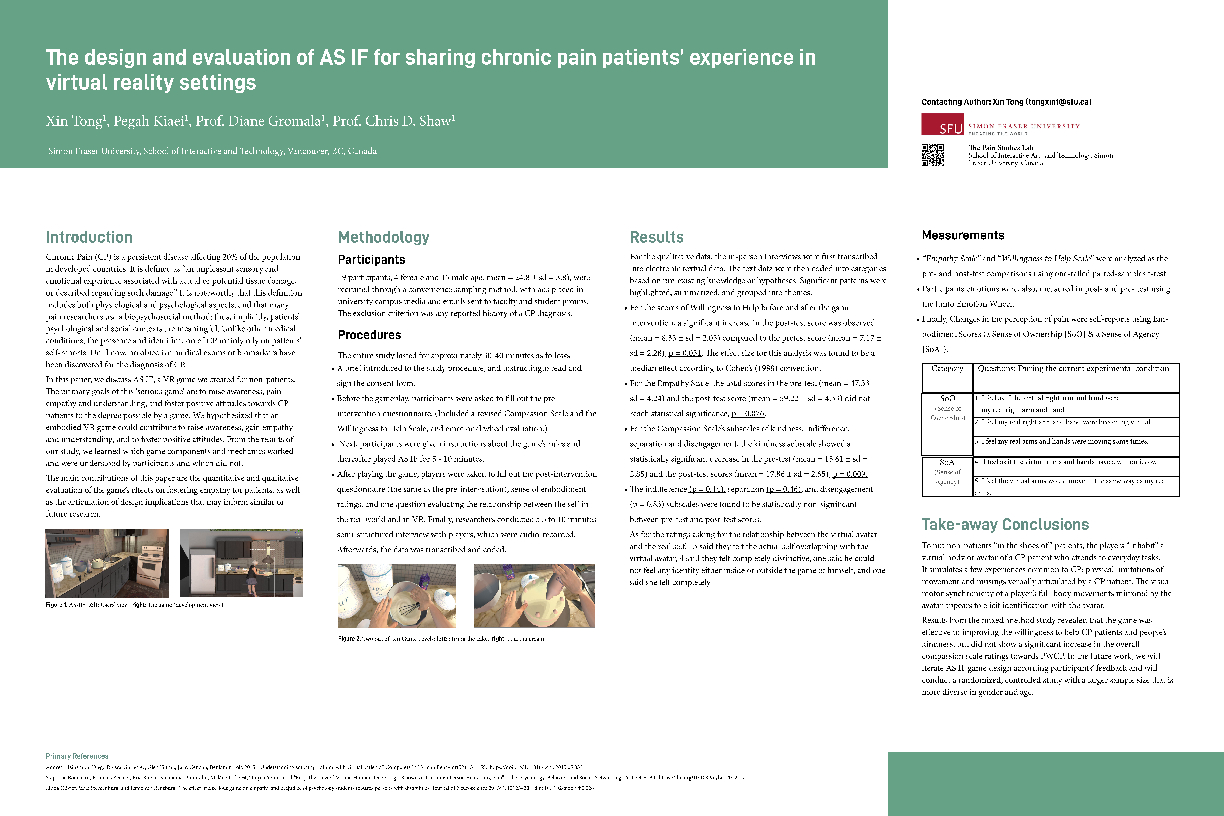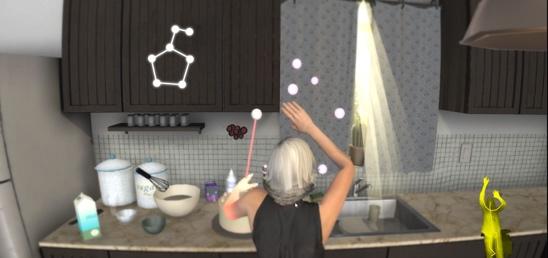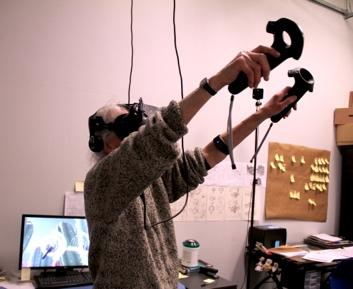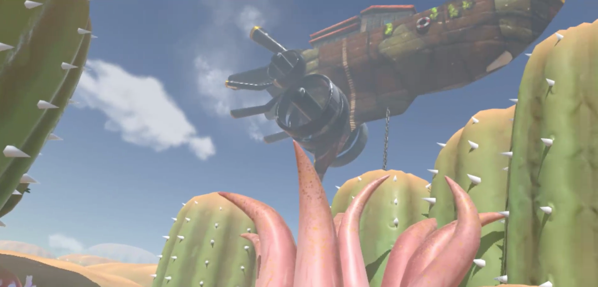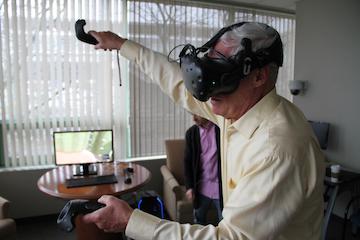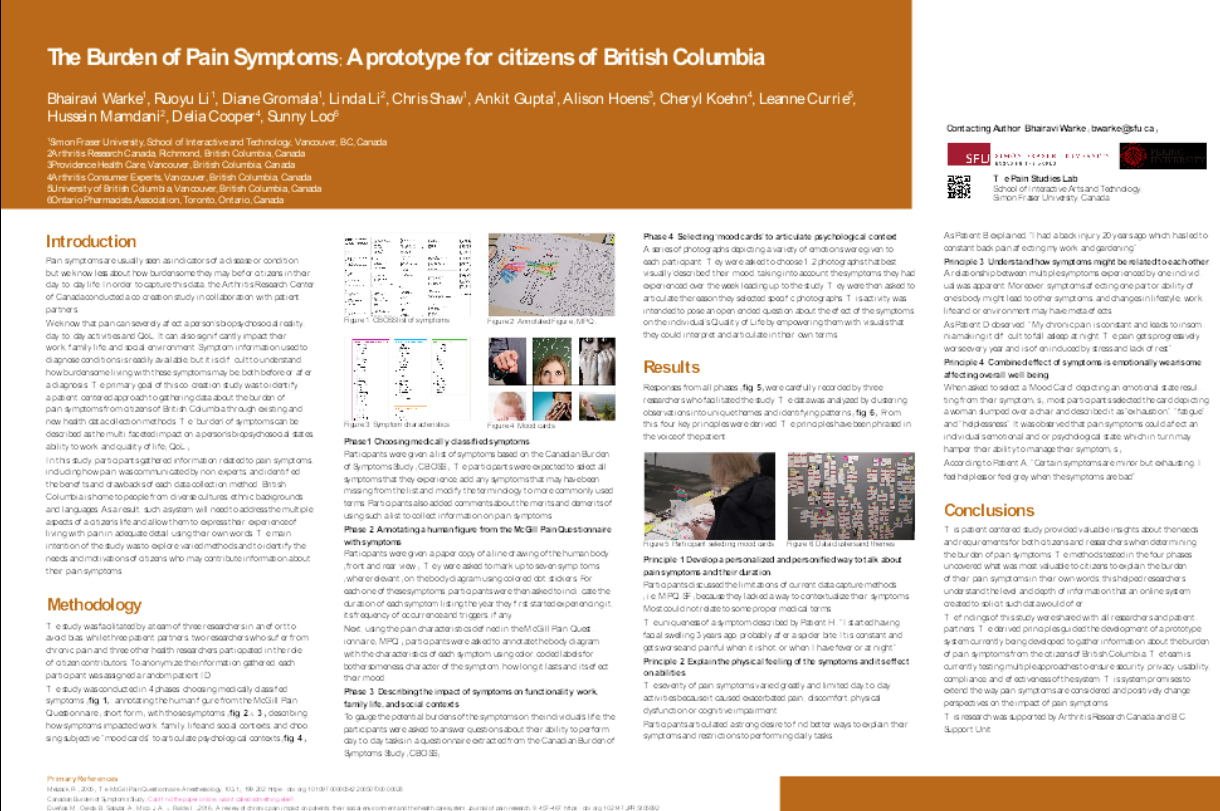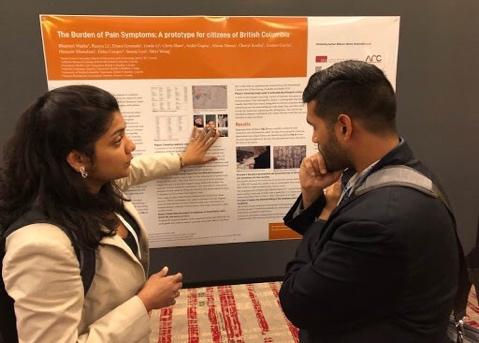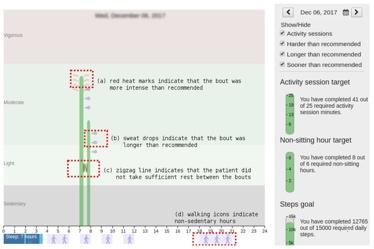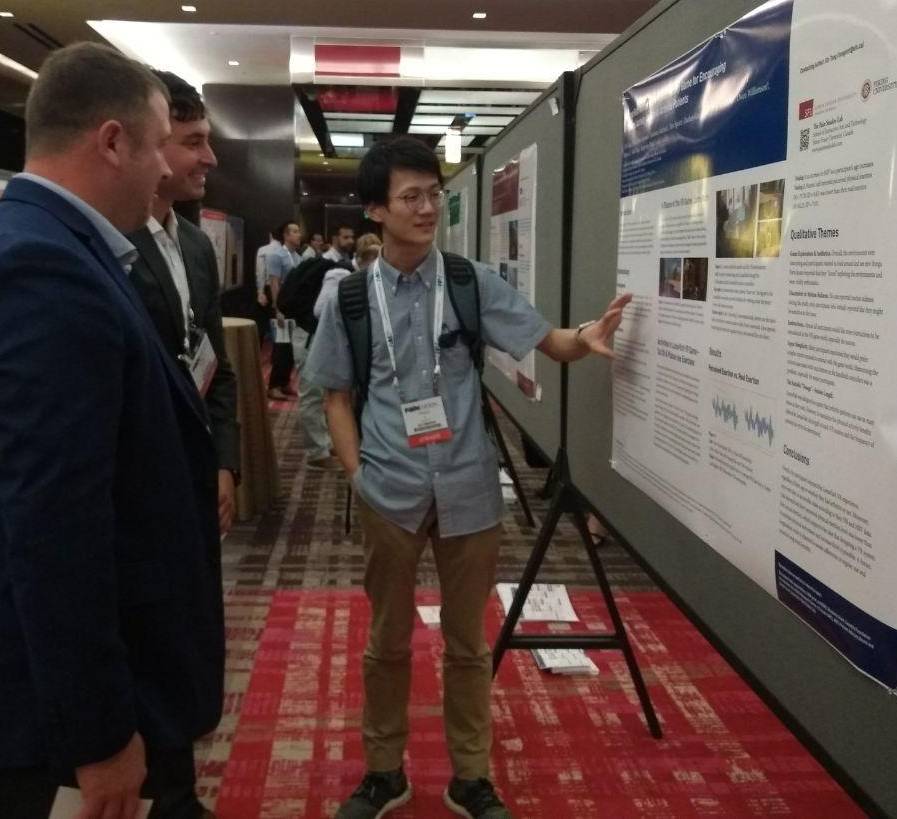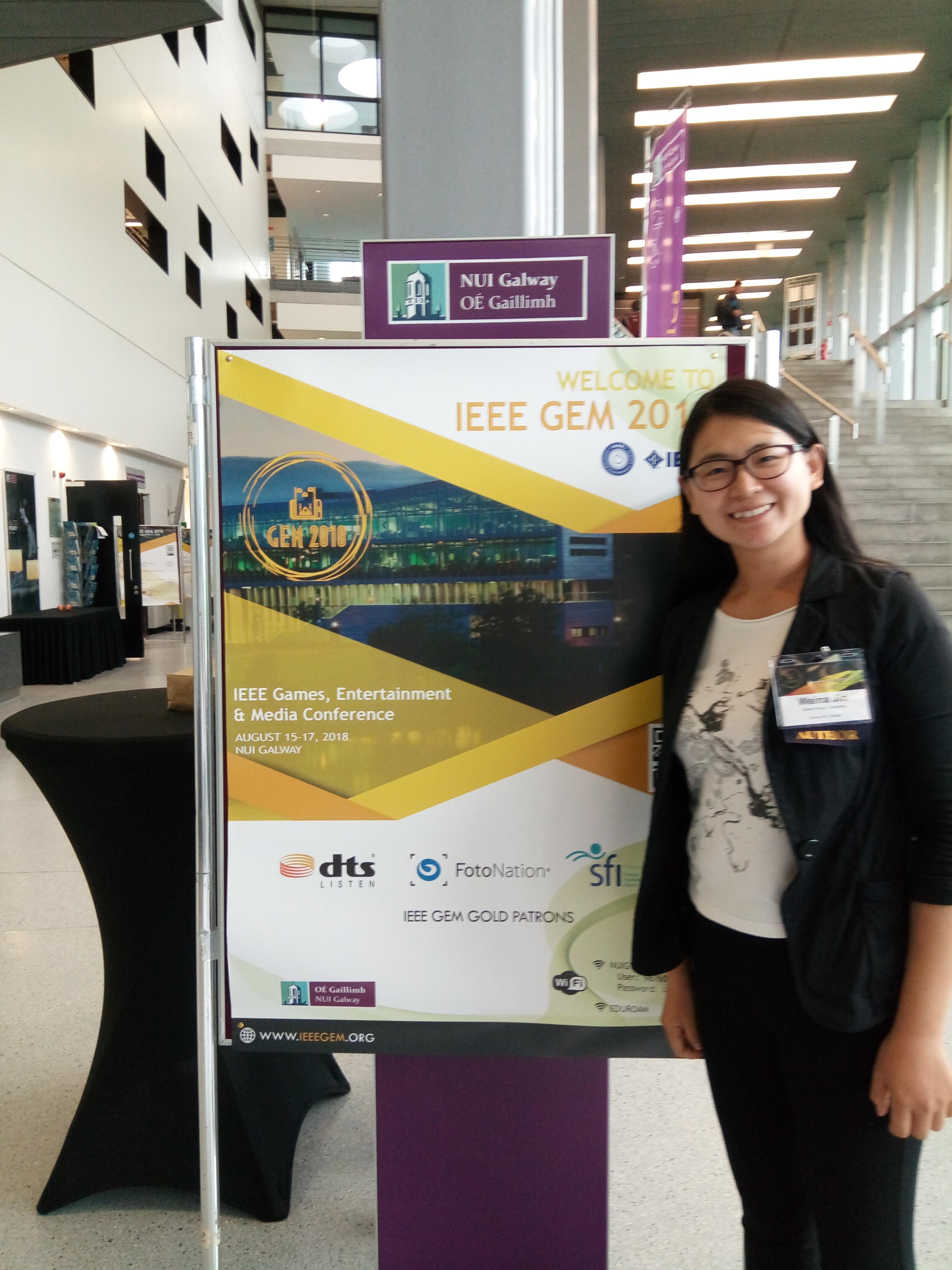
In addition to our longitudinal fMRI studies with chronic pain patients who use our immersive VR for months, we are also conducting EEG studies.
For example, Pegah Kiaei worked with neuroscience experts to develop an EEG study that will form the basis of her MSc thesis.
This study was published in the journal Frontiers in Virtual Reality: Virtual Reality in Medicine.
Although chronic pain does not have biomarkers per se, integrating EEG data in biopsychosocial research methods that pervade pain research may enable us to make inferences about patients’ brain states before, during and after using VR.
This is important because although hundreds of studies show that VR can have analgesic effects, we aren’t sure yet how and why that happens.
If you are a chronic pain patient living in the greater Vancouver area and you would like to participate in such studies, please email:
Dr. Zahra Ofoghi – zahra_ofoghi@sfu.ca

Kiaei Ziabari, S., Ofoghi, Z., A. Rodrigues E., Gromala, D. & Moreno, S. (2021). “Investigating the role of having an avatar in virtual reality on pain alleviation and embodiment in patients with pain using electroencephalogram: a neuroimaging protocol,” in Frontiers in Virtual Reality, Special Issue: Virtual Reality in Medicine. 10 January 2022 https://doi.org/10.3389/frvir.2021.775764
